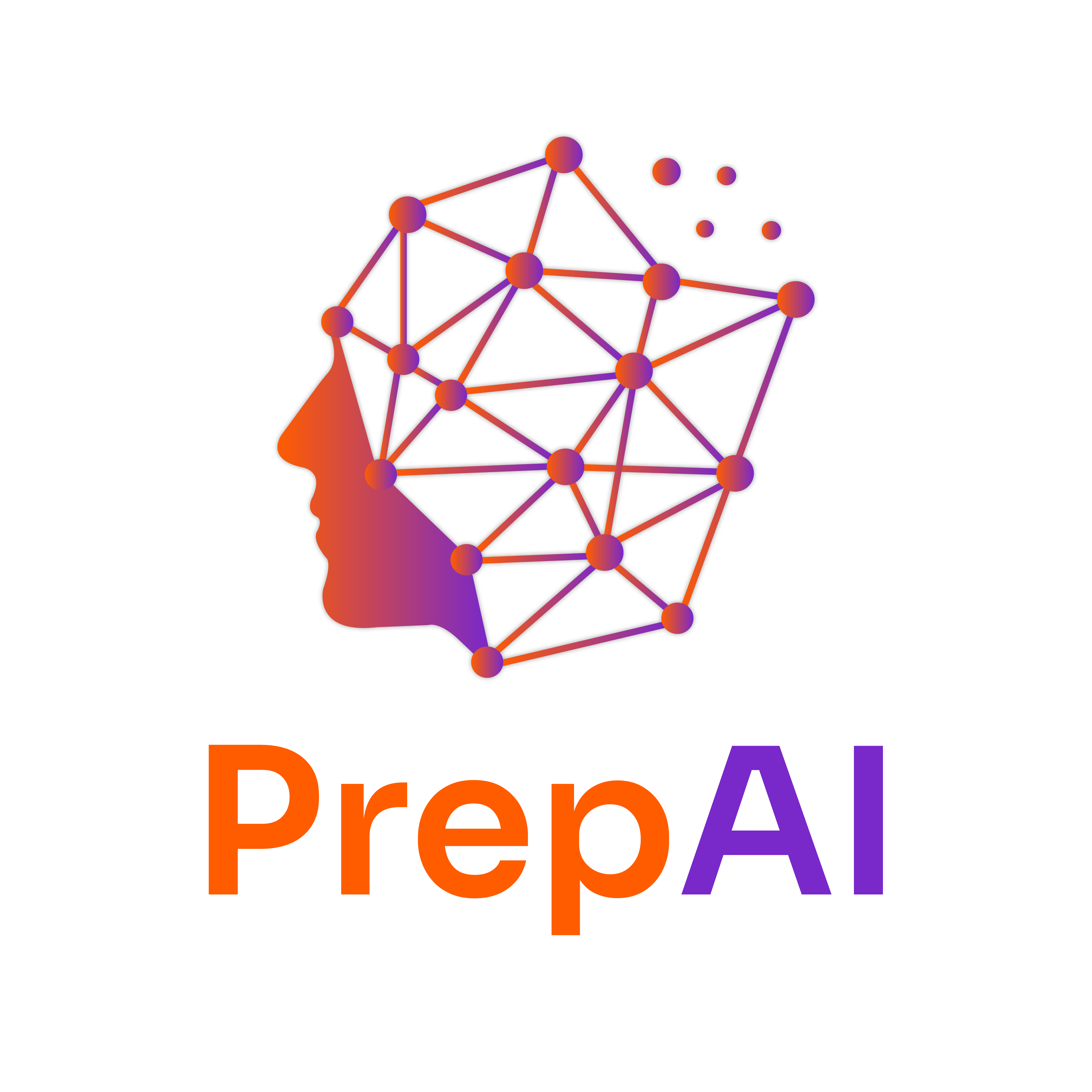The Importance of Data Hygiene: Cleaning Data for Better Insights
Definition
Data hygiene refers to the practices and processes used to ensure that data is accurate, consistent, and usable. It involves identifying and correcting errors in data to improve its quality.
Example: If a customer database has duplicate entries for the same person, it can lead to confusion and incorrect marketing strategies.
Explanation
Key Parts of Data Hygiene
1. Importance of Data Hygiene
- Accuracy: Ensures that data reflects the true state of affairs. For example, accurate sales data helps businesses make informed decisions.
- Consistency: Data should be uniform across different datasets. For instance, using the same format for dates (MM/DD/YYYY vs. DD/MM/YYYY) is crucial.
- Completeness: All necessary data points should be present. Missing information can lead to incomplete analyses.
- Timeliness: Data should be up-to-date. Old data can mislead decision-making.
2. Common Data Issues
- Duplicates: Multiple entries for the same record can skew analysis.
- Inaccuracies: Typos or incorrect values can lead to faulty conclusions.
- Missing Values: Absence of data points can complicate analyses.
- Inconsistent Formats: Variations in data formats can create confusion (e.g., “NY” vs. “New York”).
3. Techniques for Cleaning Data
-
Deduplication: Identify and remove duplicate records.
Example: Use Excel's "Remove Duplicates" feature or SQL commands likeSELECT DISTINCT. -
Standardization: Convert data into a consistent format.
Example: Use Python's Pandas library to standardize date formats. -
Imputation: Fill in missing values using statistical methods.
Example: Replace missing values with the mean or median of the dataset. -
Validation: Check data against predefined rules to ensure accuracy.
Example: Use Excel's Data Validation feature to restrict entries to valid email formats.
Real-World Applications
- Healthcare: Accurate patient records are essential for treatment and billing.
- Finance: Clean data ensures compliance with regulations and accurate reporting.
- Marketing: Targeted campaigns rely on accurate customer data to improve ROI.
Challenges
- Time-Consuming: Cleaning data can be labor-intensive.
- Complexity: Large datasets may require advanced tools and techniques.
Best Practices
- Regularly audit data for quality.
- Establish clear data entry guidelines.
- Use automated tools for data cleaning when possible.
Practice Problems
Bite-Sized Exercises
- Identify Duplicates: Given a list of customer names, identify duplicates.
- Standardize Formats: Convert a list of dates from various formats to a single format (MM/DD/YYYY).
- Fill Missing Values: Given a dataset with missing sales figures, calculate and fill in the average sales value.
Advanced Problem
Using Python for Data Cleaning:
- Import the Pandas library.
- Load a CSV file containing customer data.
- Identify and drop duplicate entries.
- Standardize the "Phone Number" column to a consistent format (e.g., (123) 456-7890).
- Fill any missing values in the "Email" column with "unknown@example.com".
Sample Python Code:
import pandas as pd
# Load the data
data = pd.read_csv('customers.csv')
# Remove duplicates
data = data.drop_duplicates()
# Standardize phone numbers
data['Phone'] = data['Phone'].str.replace(r'\D', '', regex=True).str.replace(r'(\d{3})(\d{3})(\d{4})', r'(\1) \2-\3')
# Fill missing emails
data['Email'].fillna('unknown@example.com', inplace=True)
# Save cleaned data
data.to_csv('cleaned_customers.csv', index=False)
YouTube References
To enhance your understanding of data hygiene, search for the following terms on Ivy Pro School’s YouTube channel:
- “Data Cleaning Techniques Ivy Pro School”
- “Data Quality Management Ivy Pro School”
- “Python Data Cleaning Ivy Pro School”
Reflection
- What challenges have you faced with data quality in your work or studies?
- How can improving data hygiene impact decision-making in your field?
- What tools or techniques do you find most effective for cleaning data?
Summary
- Data hygiene is crucial for ensuring data accuracy, consistency, completeness, and timeliness.
- Common data issues include duplicates, inaccuracies, missing values, and inconsistent formats.
- Techniques for cleaning data include deduplication, standardization, imputation, and validation.
- Real-world applications span various industries, emphasizing the importance of clean data.
- Regular audits, clear guidelines, and automation are best practices for maintaining data hygiene.
